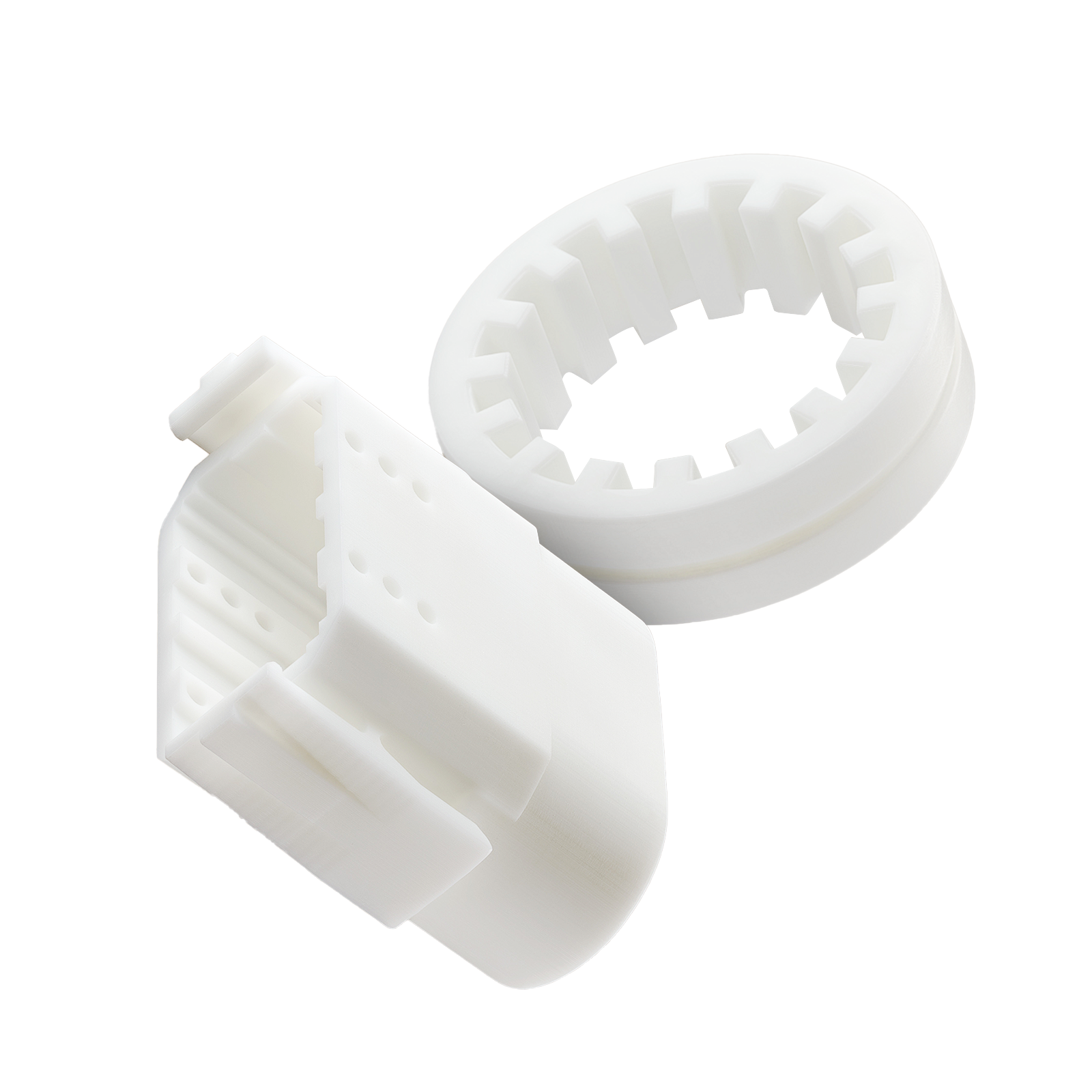FUSED DEPOSITION MODELING (FDM)
no data
ZUERST 3D Printing Services
Are you looking for a reliable partner to provide rapid prototyping services?
At ZUERST, we deliver cutting-edge 3D printing solutions that combine precision, speed, and flexibility to meet your most demanding production needs. Whether you're in automotive, aerospace, or medical industries, our state-of-the-art 3D printing technologies—including SLA, SLS, and FDM—allow us to create intricate prototypes, functional parts, and customized solutions tailored to your exact specifications. With a focus on innovation and quality, ZUERST guarantees fast turnaround times and unmatched accuracy, making us the trusted partner for all your 3D printing needs.
Unlock the Benefits of 3D Printing with ZUERST
Affordability: Uses only the required material, eliminating tooling costs, making it cost-effective for one-off or small-batch production.
Complex Geometries: 3D printing creates intricate shapes, including complex internal structures, that traditional methods can't achieve.
Efficiency: Design in CAD, print in hours—no lengthy setup required.
Adaptability: No tooling means easy digital adjustments and lower risks when refining parts.
Environmental Impact: Minimizes material waste compared to subtractive methods like machining.
what is 3D Printing?
3D printing, also known as additive manufacturing, is a cutting-edge technology that transforms digital 3D CAD data into physical objects through a layer-by-layer material deposition process. Originally developed for rapid prototyping, 3D printing has evolved into a versatile tool used across industries such as jewelry, footwear, industrial design, architecture, automotive, and even aerospace and medical fields. This technology enables the creation of complex, customized parts efficiently and cost-effectively, making it a revolutionary solution for modern manufacturing.
How to Select the Right 3D Printing Process
Choosing the right 3D printing process depends on several key factors. First, consider the material requirements, as different processes support a variety of materials, from plastics to metals. Next, evaluate the precision and tolerance needed for your design, as some methods, like SLA, offer higher accuracy. You should also factor in your production volume and budget, as smaller runs may benefit from FDM, while larger-scale production could require more advanced processes. Lastly, balance lead time with cost to find the best fit for your project.
3D Printing Technologies
3D printing technologies vary based on the material and application needs. SLA (Stereolithography) offers high precision and smooth surface finishes, ideal for prototypes. FDM (Fused Deposition Modeling) is commonly used for functional parts due to its affordability and versatility. SLS (Selective Laser Sintering) utilizes lasers to fuse powdered materials, making it excellent for durable, complex parts. DMLS (Direct Metal Laser Sintering) is used for creating metal components in industries like aerospace and automotive. Each technology has its strengths depending on the project requirements.
STEREOLITHOGRAPHY (SLA)
no data
no data
no data
no data
no data
no data
DIRECT METAL LASER SINTERING (DMLS)
no data
no data
Products Display
no data
1
What are your tolerances for 3D printing?
At ZUERST, our standard tolerance for 3D printing is ±0.1mm. However, tolerances may vary depending on part complexity and design. For a more accurate assessment, upload your design files to our platform for expert evaluation.
2
How long does it take to 3D print parts?
The time required depends on size, complexity, and technology. ZUERST offers fast turnaround, with some projects completed in as little as one day. Upload your design for a detailed timeline.
3
What’s the maximum size of the 3D prints?
ZUERST offers various 3D printing machines to accommodate different sizes:
Large Format FDM: Up to 36 x 24 x 26 inches.
Large SLA: Up to 29 x 25 x 21 inches.
SLS: Unfilled: 13 inches; glass-filled: 26 x 15 x 23 inches.
Polyjet: Up to 19 x 15 x 7 inches.
4
What file format do you accept?
ZUERST accepts STEP (.stp) and STL (.stl) for optimal results. Other formats can be converted; contact our support team for assistance.
5
How much does your 3D printing service cost?
The cost depends on factors like technology, size, complexity, material, and volume. ZUERST offers detailed quotes tailored to your project’s specifications.
6
How can I choose a 3D printing technology?
Choosing the right technology depends on material, part complexity, surface finish, strength, and budget. ZUERST provides expert guidance to ensure the best fit for your needs.
no data
Why Choose ZUERST?
Experience and Expertise With over a decade of experience in CNC turning, ZUERST brings unparalleled expertise to every project. Our skilled team utilizes advanced technology to deliver precise and high-quality components, ensuring your project's success.
Customer Support Our dedicated customer support team is available 24/7 to assist you. Whether you need technical guidance or have specific project inquiries, our experts are here to provide timely and effective solutions, ensuring a smooth and efficient process from start to finish.
Get Started
Ready to begin your CNC turning project with ZUERST? Request a quote or contact us for more information. Simply upload your CAD files to receive instant feedback and pricing. Our team is here to support you every step of the way, ensuring precision and efficiency for all your CNC turning needs.
Get In Touch With Us
Just leave your email or phone number in the contact form so we can send you a free quote for our wide range of designs!
Ready to work with us ?
Quick Links
B2B
OEM
ODM
Distributor
Contact Us
Copyright © 2025 ZUERST | Sitemap | Privacy Policy














